Now that diastology is a mandated part of the scanning protocol for all of our accreditation clients, we are starting to see more diastology measurement errors. We thought that sharing these errors may help others to avoid them. This week, we will review correct tissue Doppler measurement techniques while reviewing two common errors. These errors include:
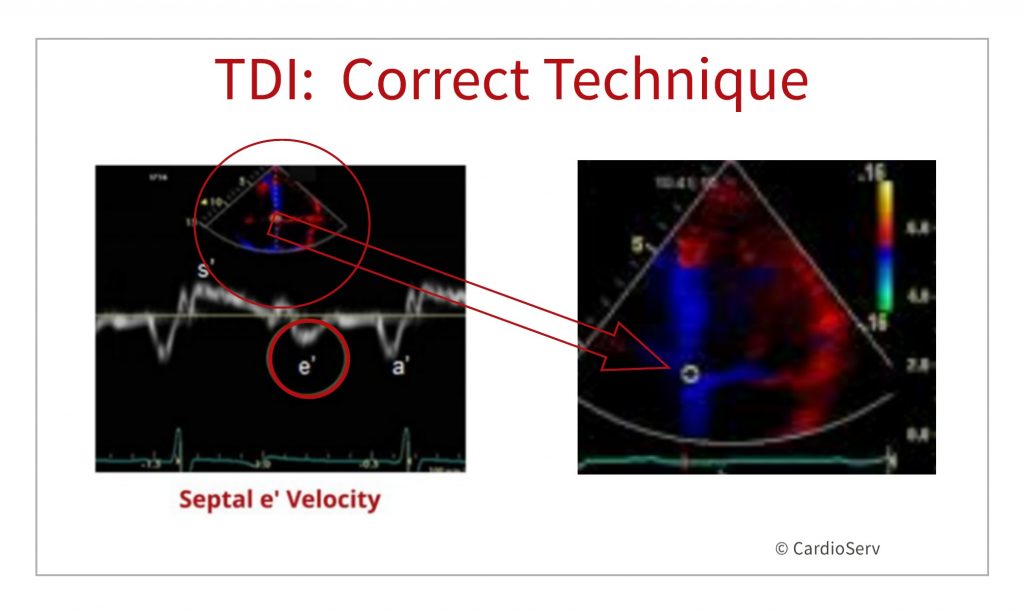
First, lets quickly review PW Tissue Doppler Imaging:
Let’s review some sample images and see if you can identify the mistake.
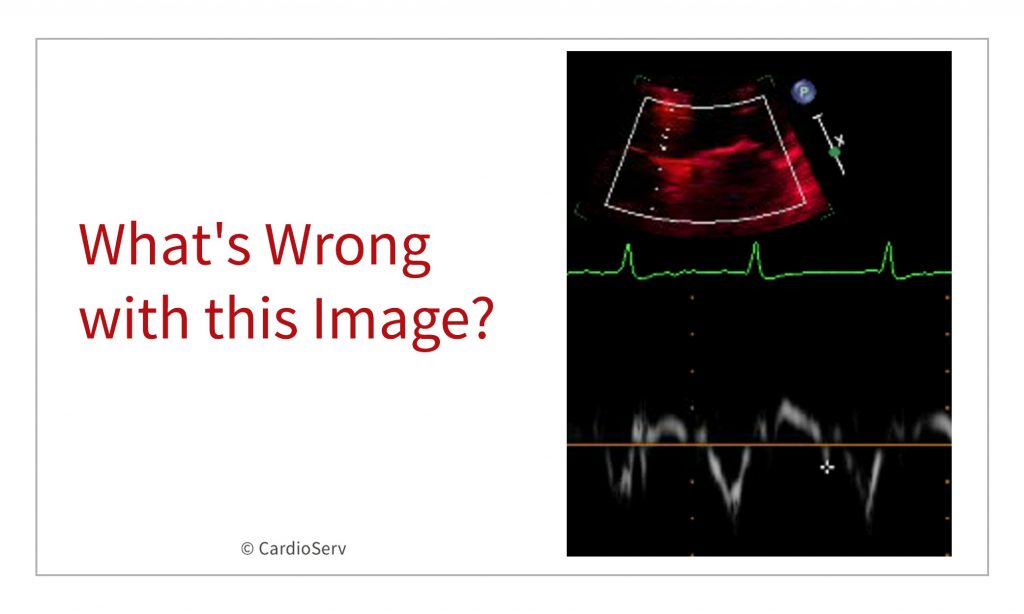
Did you notice the cursor placement on the septal annulus? You can see that the cursor over-shot the septal mitral valve annulus and is actually placed within the right heart. Incorrect cursor placement will greatly affect your Doppler readings. It’s important to take the time to correctly place your cursor.
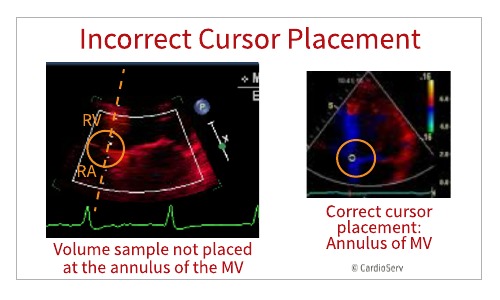
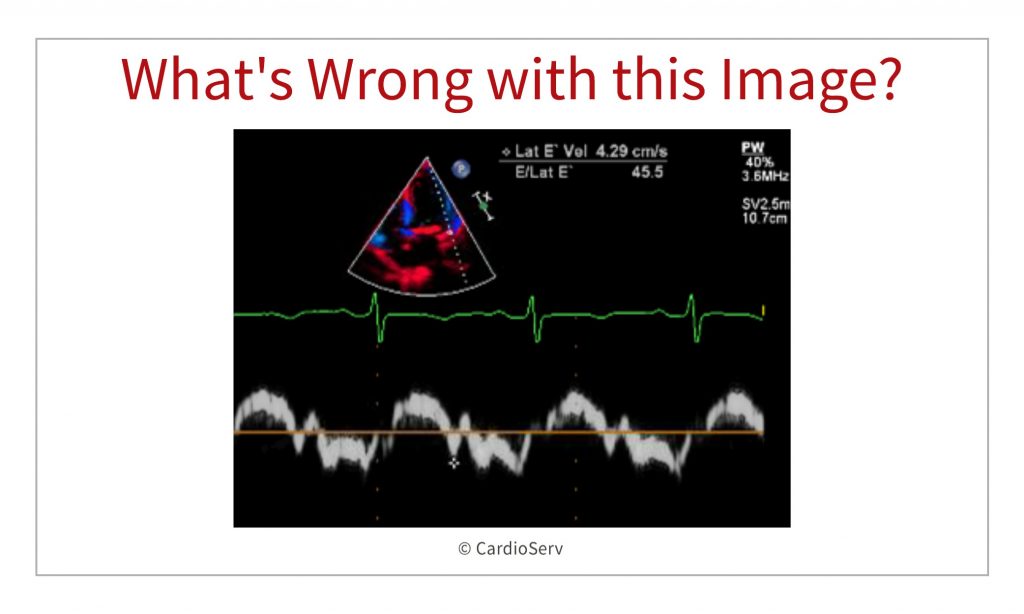
Did you notice the caliper placement on the tissue Doppler spectral waveform? The incorrect wave form has been measured. In this image there is a prominent IVRT waveform that was inadvertently measured as the e’ wave. An incorrect e’ will affect your E/e’ ratios.
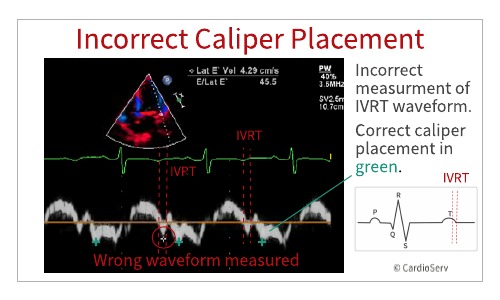
This week we reviewed two very common mistakes seen with diastology measurements. Both cursor alignment and correct caliper placement will determine the value used for key measurements for assessing diastolic function. It is important to take the time to correctly measure these values.
Seri, I., & Kleinman, C. S. (2019). Hemodynamics and cardiology(3rd ed.). Amsterdam: Elsevier. doi:https://www.sciencedirect.com/science/article/pii/B9780323533669000120

Judith Buckland, MBA, RDCS, FASE
Stay connected: Facebook, Twitter, Instagram, LinkedIn




Jul
2019
Apr
2020
Aug
2019
Aug
2019
Aug
2019
Aug
2019
Sep
2019